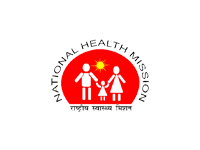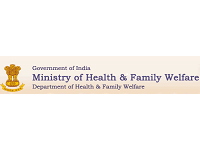In India, HIV surveillance is one of the first interventions under the national AIDS response. Recognizing the HIV epidemic threat, the Indian Council of Medical Research (ICMR) initiated sero-surveillance in search of the virus in 1985, detecting the first case of HIV in India in April 1986. This sero-surveillance evolved into the HIV sentinel surveillance (HSS), which was first piloted in 1994 and then formalized into the annual surveillance system in 1998 under the National AIDS Control Programme (NACP).
The yearly HIV surveillance system under NACP gradually evolved into biennial HIV sentinel surveillance (HSS) plus. The 17th round, scheduled to be implemented in 2021, will be implemented among eight population groups [pregnant women, single male migrants (SMM), long-distance truckers (LDT), inmates at central prison sites, female sex workers (FSW), men who have sex with men (MSM), hijra/transgender (H/TG) people and injecting drug users (IDU)] targeting bio-behavioural data collection from almost 5.06 lakh samples. The blood specimen will be tested for four biomarkers, i.e., HIV, Syphilis, HBV, and HCV. This round will also collect relevant data on the background characteristics, related knowledge, services uptake, and risk behaviours through a focused tool.
Nationally, there were an estimated 23.49 lakh (17.98 lakh – 30.98 lakh) PLHIV in 2019, with an adult (15–49 years) HIV prevalence of 0.22% (0.17–0.29%). This includes around 79 thousand CLHIV accounting for 3.4% of the total PLHIV estimates. There were 9.94 lakh women living with HIV (15+ years) constituting around 44% of the total estimated 15+ years PLHIV. There were 69.22 thousand (37.03 thousand – 121.50 thousand) new HIV infections in 2019, which has declined by 37% since 2010 and by 86% since attaining the peak in 1997. There were 58.96 thousand (33.61 thousand – 102.16 thousand) AIDS-related deaths in the year 2019, which has declined by 66% since 2010 and by 78% since attaining its peak in 2005. HIV incidence was estimated at 0.05 per 1,000 uninfected population in 2019. Around 20.52 thousand pregnant women were estimated to be in need of PMTCT.

























